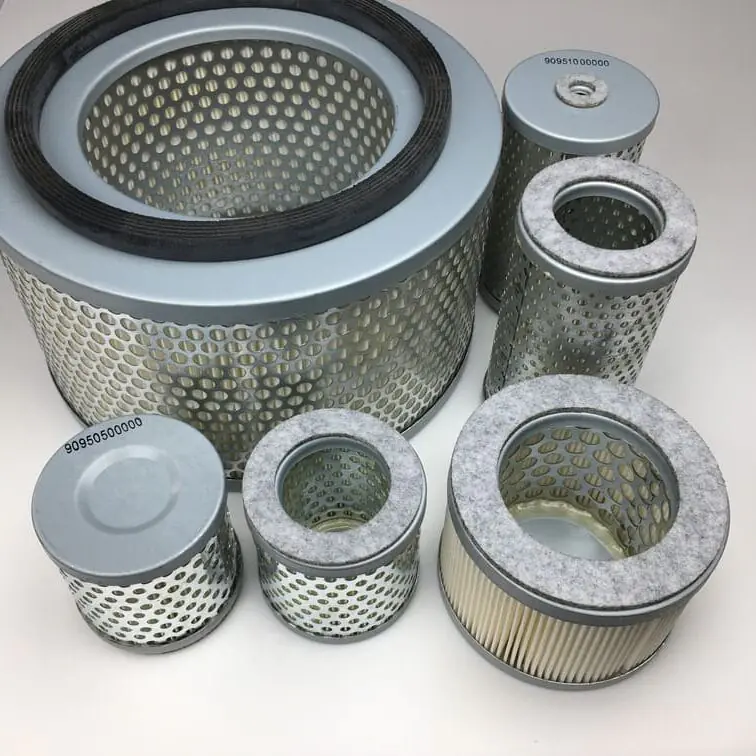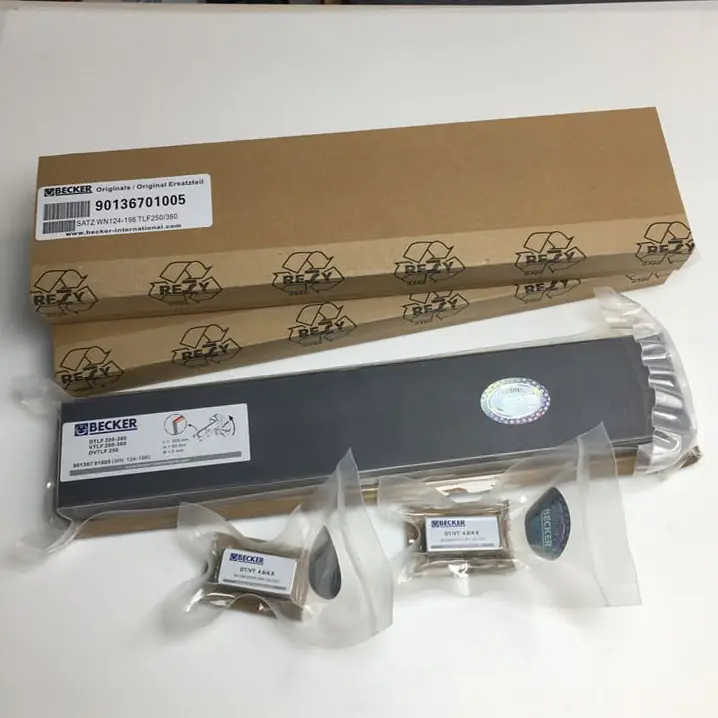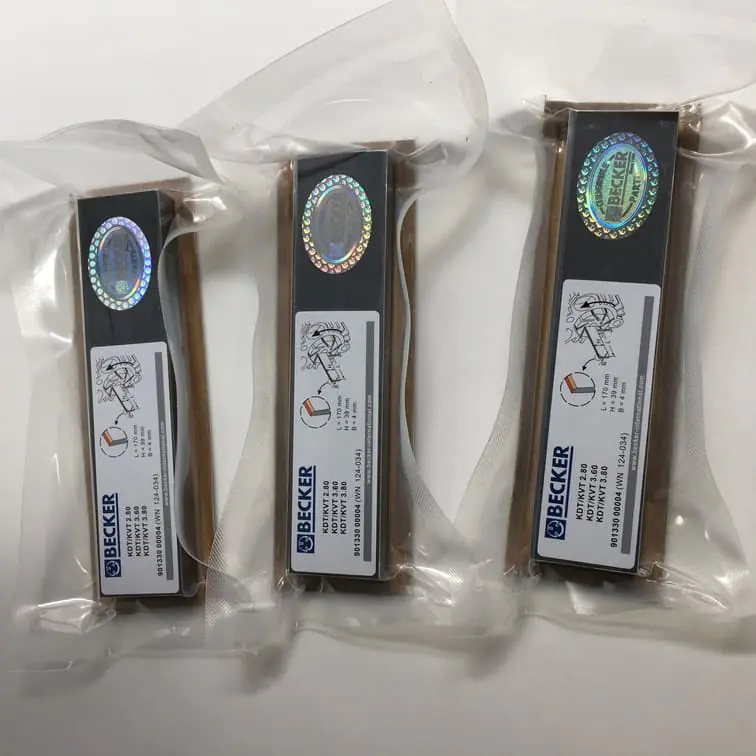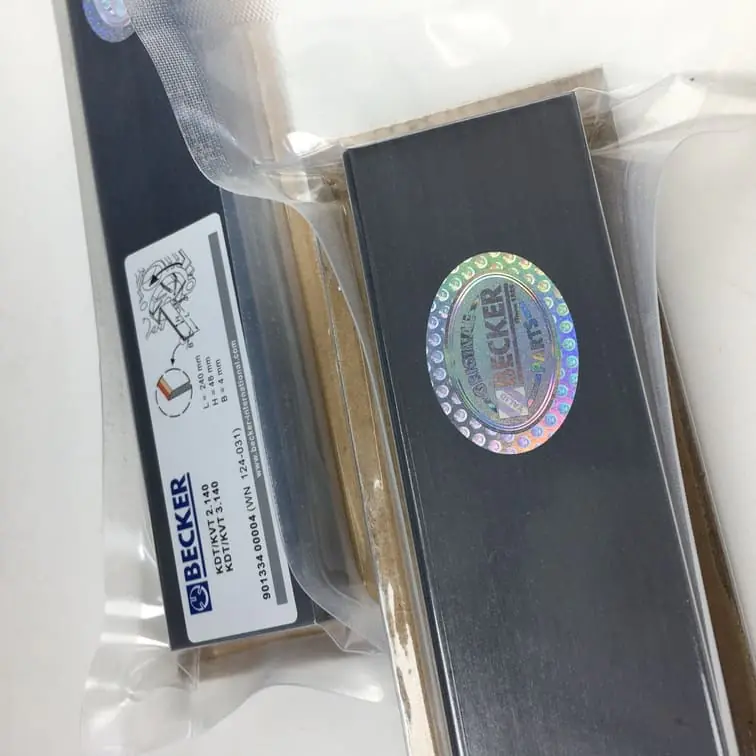What Size Vacuum Pump for Getting Bubbles from Silicone?
Creating silicone products often requires removing air bubbles, as these bubbles can compromise the quality and integrity of the final item. For applications like vacuum degassing of silicone rubber, the vacuum pump you choose plays a crucial role in effectively eliminating those bubbles. This guide will help you understand what vacuum pump size is suitable for removing bubbles from silicone and the factors that impact your choice.
Understanding Vacuum Degassing and Its Importance
Vacuum degassing is a process used to remove trapped air bubbles from silicone rubber by creating a vacuum environment. The silicone, often used in molds or casting, can easily trap air during mixing or pouring, leading to flaws like voids or weakened parts. A vacuum pump is used to remove this air, ensuring the silicone sets without imperfections.
Vacuum degassing is crucial in industries like prototype modeling, resin casting, and mold making, where high precision is essential. Without proper vacuum degassing, products may not meet the desired standards of durability and aesthetic appeal.
To effectively remove bubbles, the correct size and power of the vacuum pump are necessary. Picking the right vacuum pump for degassing silicone involves several considerations, including chamber size, vacuum depth, and the properties of the silicone itself.
Factors Influencing Vacuum Pump Size Selection
Choosing the right vacuum pump for your silicone degassing needs involves considering multiple factors to make sure you achieve the best results. Here, we discuss the major considerations.
1. Size of the Vacuum Chamber
One of the primary factors to consider is the size of the vacuum chamber you will be using. The size of the vacuum pump must match the size of the vacuum chamber for efficient bubble removal.
- A large vacuum chamber will require a pump with higher capacity to ensure that it can pull a vacuum in a reasonable amount of time.
- For small-scale or DIY projects, a 3 CFM (cubic feet per minute) pump may be sufficient, while larger chambers might require a 6-10 CFM pump or even higher.
- Make sure the vacuum pump has enough power to achieve the required vacuum level for your chamber size. Choosing an underpowered pump for a large chamber may lead to inefficient degassing and longer process times.
2. Vacuum Depth Requirement
The efficiency of removing air bubbles from silicone depends largely on the depth of vacuum that the pump can achieve.
- Ideal Vacuum Level: For silicone degassing, a pump that can reach 29 inHg (inches of mercury) or higher is generally sufficient. This level creates the necessary conditions to remove trapped air from the silicone mixture.
- Pump Type: Two-stage rotary vane vacuum pumps are often recommended for silicone degassing because they can reach deeper vacuum levels compared to single-stage pumps.
3. Type of Silicone
The type and viscosity of the silicone also impact the pump selection.
- Low Viscosity Silicone: Requires less vacuum power as the bubbles can escape easily.
- High Viscosity Silicone: Needs a more powerful pump due to the difficulty in removing trapped bubbles.
Consider the viscosity of the silicone you are working with, as this will influence how powerful your pump needs to be to effectively remove air bubbles. For thicker materials, a pump with a higher CFM rating might be necessary to ensure complete degassing.
4. Working Environment and Application
- Production Scale: For hobbyist or small-scale projects, a pump with 3-6 CFM should suffice. However, in larger industrial production settings, higher capacity pumps, around 8-12 CFM, may be required.
- Frequency of Use: Consider how often you will use the pump. If you are working continuously or on a production line, a more robust pump may be required to ensure durability and efficiency over time.
Recommended Vacuum Pump Sizes for Silicone Degassing
Based on the above factors, here are general recommendations for vacuum pump sizes for getting bubbles out of silicone:
| Application Level | Recommended Vacuum Pump Size | Vacuum Type |
|---|---|---|
| Small DIY or Hobby Projects | 3-4 CFM | Single-stage |
| Medium Projects | 5-6 CFM | Two-stage |
| Large Production Use | 8-12 CFM | Two-stage |
These sizes are recommended for achieving effective degassing, depending on the scale of your project. A two-stage vacuum pump is preferable for achieving a deeper vacuum, which is often necessary for highly viscous silicone or for minimizing bubbles to the maximum extent.
Best Types of Vacuum Pumps for Degassing Silicone
1. Rotary Vane Vacuum Pumps
Rotary vane vacuum pumps are the most commonly used type for silicone degassing. They are reliable, easy to use, and have the capability to reach the vacuum levels needed for effective bubble removal.
- Single-Stage Pumps: Suitable for small projects with less stringent requirements.
- Two-Stage Pumps: Ideal for deeper vacuum levels, which makes them perfect for high viscosity silicone or larger production setups.
2. Diaphragm Vacuum Pumps
These pumps can also be used for vacuum degassing, but they are less common than rotary vane pumps for silicone. They are oil-free, which makes them easier to maintain and reduces contamination risks.
- Lower Capacity: Generally suitable for low-viscosity silicone where high vacuum levels are not required.
3. Oil-Sealed vs. Oil-Free Pumps
- Oil-Sealed Pumps: Offer the most efficient performance and are typically preferred for deep vacuum levels.
- Oil-Free Pumps: These pumps are environmentally friendly, easy to maintain, and ideal for applications that don’t require extremely high vacuum.
Practical Steps for Vacuum Degassing of Silicone
If you are just starting with vacuum degassing, here are some practical steps to ensure success:
- Prepare the Silicone Mixture: Mix your silicone thoroughly but avoid introducing too much air if possible.
- Pour into Vacuum Chamber: Pour the silicone into the vacuum chamber in a container that leaves room for expansion. Silicone can expand up to 4 times during degassing.
- Run the Vacuum Pump: Start the vacuum pump and gradually increase the vacuum level. Watch as the bubbles start rising to the surface.
- Maintain the Vacuum: Hold the vacuum for a few minutes until the bubbles are removed. Once the bubbles stop rising, you can turn off the pump and release the vacuum slowly.
For more details about pumps and degassing processes, visit Vacuum Pump Spare Parts for high-quality vacuum parts and tools to help you achieve a successful degassing process.
Choosing Between Single-Stage and Two-Stage Vacuum Pumps
The choice between a single-stage and a two-stage pump largely depends on the level of vacuum needed.
- Single-Stage Pump: Typically reaches a vacuum of 27-28 inHg. It is sufficient for less viscous silicone or projects where achieving absolute minimal bubbles isn’t critical.
- Two-Stage Pump: Achieves a vacuum level closer to 29.5 inHg. Ideal for high-viscosity silicones where more thorough degassing is required.
If you are unsure which type to use, consider the scale of your project and the viscosity of the silicone. As a general rule, the two-stage vacuum pump is the better option for projects involving thicker silicone or higher production standards.
Maintaining Your Vacuum Pump
For your vacuum pump to work efficiently and have a long lifespan, proper maintenance is critical.
- Oil Change: If you are using an oil-sealed rotary vane pump, regular oil changes are essential. The oil acts as a sealant and lubricant, so keeping it clean will help maintain the pump’s efficiency.
- Filter Maintenance: Clean or replace filters as needed to prevent dust and other particles from contaminating the vacuum chamber.
Explore more about Becker Air Filters and other essential vacuum pump maintenance tools at Becker Air Filter Products.
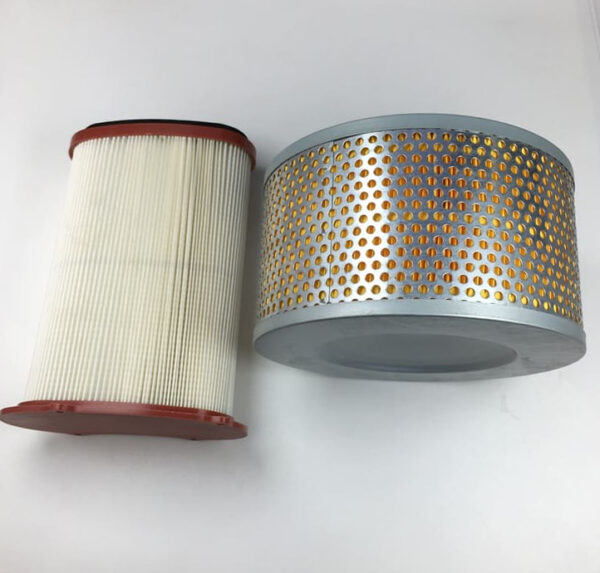
FAQs
1. What CFM should I use for vacuum degassing silicone?
The CFM rating of your vacuum pump will depend on the size of the vacuum chamber. For small projects, a 3-4 CFM pump is usually enough, while larger chambers may require 6-10 CFM for efficient bubble removal.
2. How deep of a vacuum is needed to remove bubbles from silicone?
To remove bubbles effectively, you need to achieve a vacuum of at least 29 inHg. A two-stage pump is ideal for achieving this vacuum level, particularly for high-viscosity silicone.
3. Can I use an oil-free pump for silicone degassing?
Yes, you can use an oil-free diaphragm pump, but these pumps typically do not achieve as deep a vacuum as oil-sealed rotary vane pumps. They are more suited to low-viscosity silicone.
4. Should I use a single-stage or two-stage vacuum pump?
For most silicone degassing applications, a two-stage pump is preferable as it can achieve a deeper vacuum, which is essential for removing all the bubbles from thicker silicone mixtures.
5. Why does silicone expand during degassing?
When placed under a vacuum, the trapped air inside the silicone expands as the atmospheric pressure drops, causing the silicone to increase in volume temporarily. This is normal and indicates that air is being successfully removed.
Conclusion
Choosing the right vacuum pump size for removing bubbles from silicone is crucial for achieving high-quality, bubble-free silicone parts. Whether you are working on small DIY projects or larger-scale production, understanding the factors that influence vacuum pump selection—such as CFM rating, vacuum depth, and silicone type—is essential.
A 3-4 CFM single-stage pump may suffice for small projects, but for larger tasks or higher viscosity silicone, a 6-10 CFM two-stage pump is ideal. Rotary vane pumps are the most commonly used and effective choice for silicone degassing. To ensure consistent performance, proper maintenance, such as regular oil changes and filter replacements, is key.
For a variety of vacuum pump parts, including filters and other essential components, visit Vacuum Pump Parts. Having the right tools at your disposal can make all the difference in achieving the highest quality silicone products.

